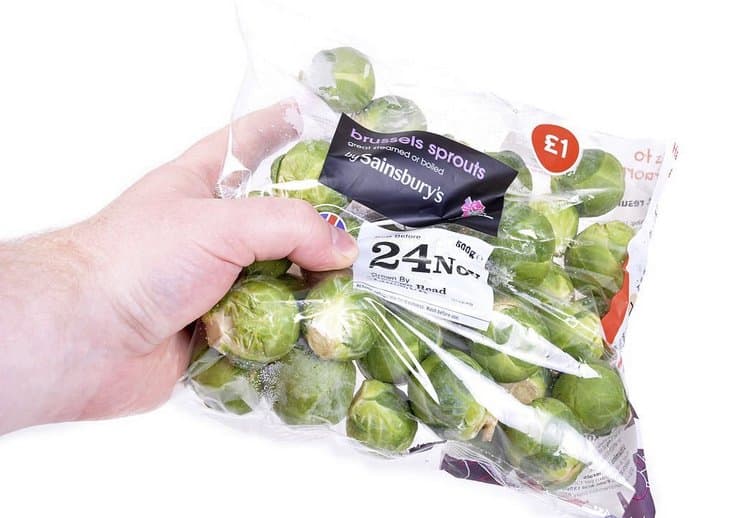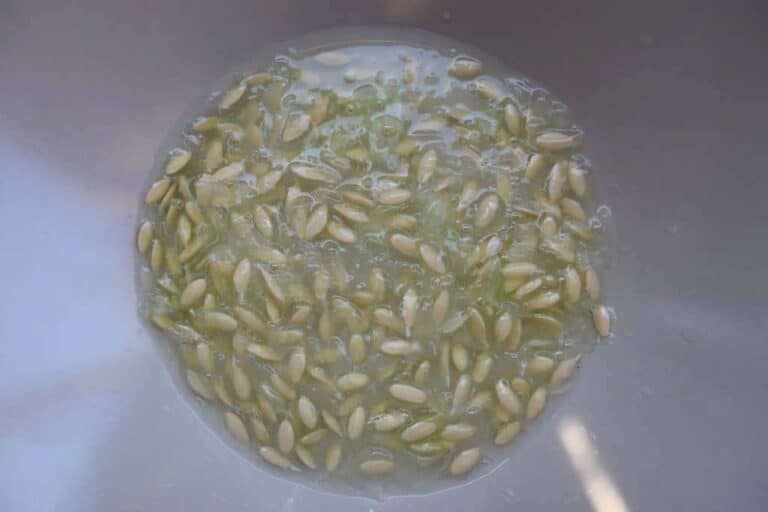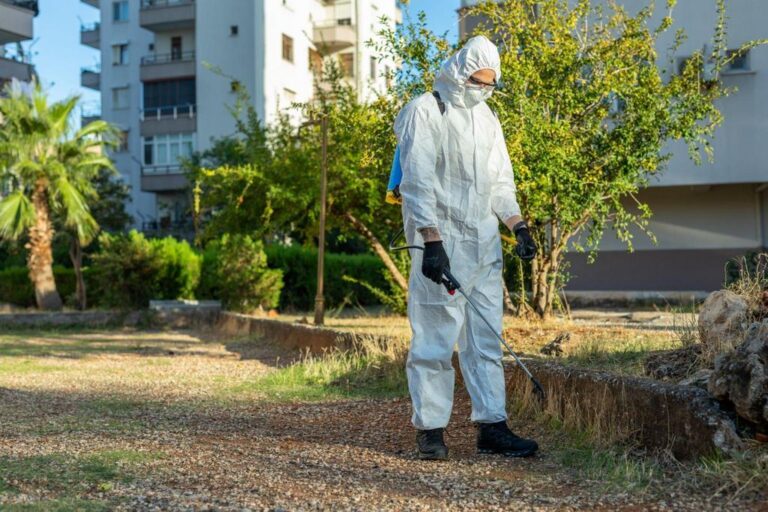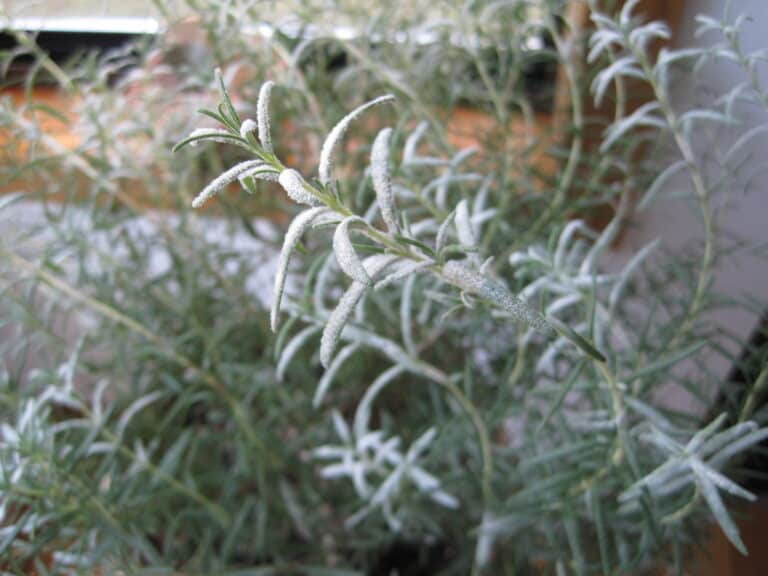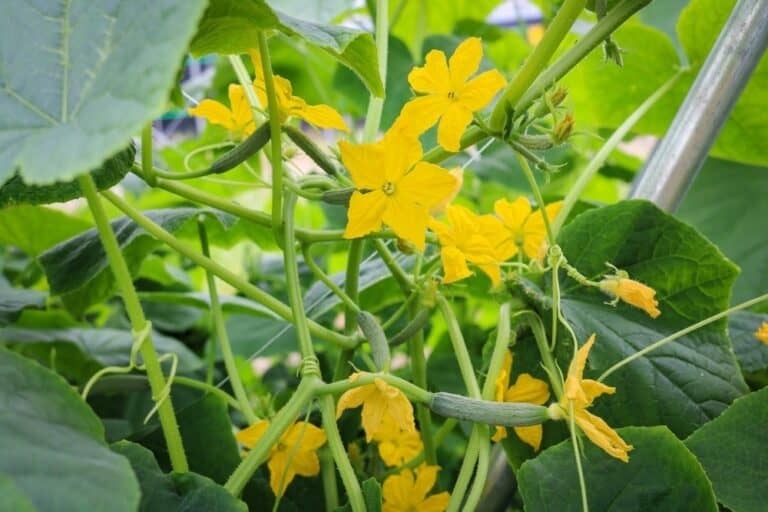White Spots on Cucumber Skin: What Are They and How to Prevent Them
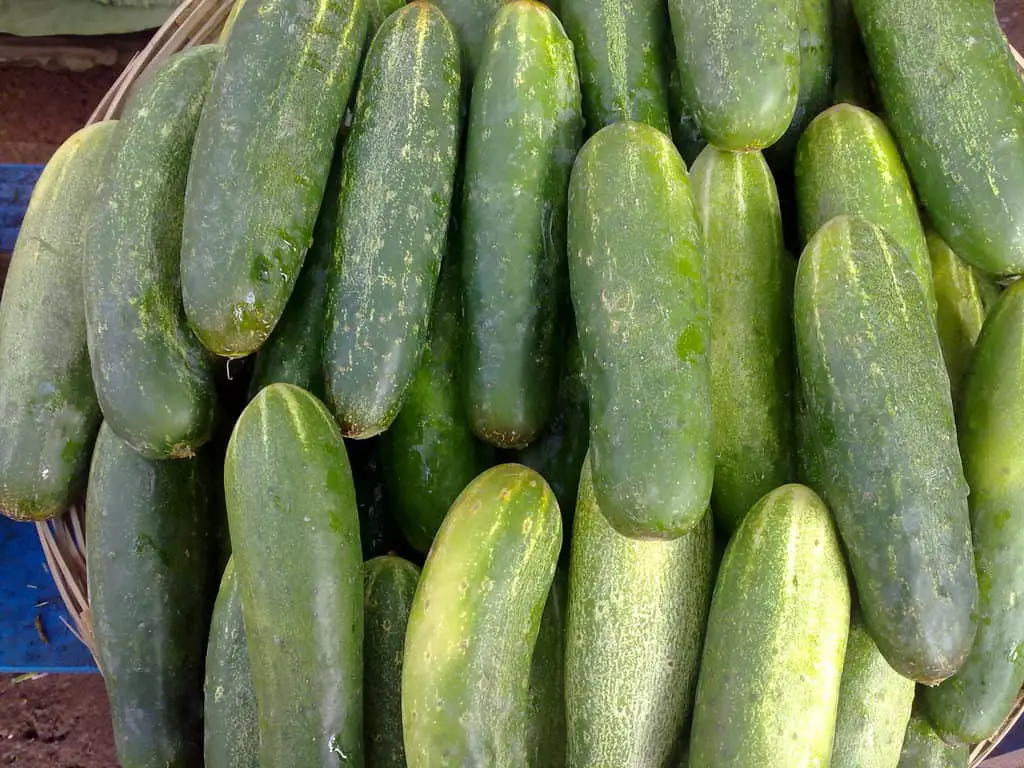
Are you finding white spots on the skin of your cucumbers? You may be wondering what they are and why they are appearing.
White spots on the skin of cucumbers can be unsightly and make them harder to sell. But what causes these spots, and how can you prevent them?
In this article, we’ll dive into the causes of white spots on cucumber skin, how to identify them, and effective preventative measures to keep your cucumber plants healthy and spot-free.
Keep reading as we help you understand everything you need to know about white spots on cucumber skin.
What Do the White Spots Look Like?
White spots on cucumber skin can appear as small, raised bumps on the surface of the cucumber. These spots are usually white or slightly discolored and can be slightly rough to the touch.
The discoloration looks like small white dots or splotches covering portions of the cucumber’s surface. It usually appears in circles, though it can appear in any shape depending on how much of the skin has been affected by silvering. The size and shape will also depend on how old the fruit was when harvesting took place.
One way to find the white spots on a cucumber is to look at where they are and how big they are.
White Spots on Cucumber Skin: What Are They?
White spots on cucumber skin are a common issue among cucumber growers. These spots can appear as small, white, raised bumps on the surface of the cucumber and can be unsightly and affect the marketability of the fruit.
There are several ways to figure out what the white spots on the cucumber skin are. You can look at the spots’ location and size, look for other signs on the cucumber, or look at how it was grown.
White spots on cucumber skin can be mistaken for other types of cucumber skin issues, such as Powdery Mildew, which appears as a white, powdery coating on the leaves and stem of the cucumber plant. But you can easily distinguish white spots as they are found on the skin of cucumbers.
It’s important to know what causes these spots so you can stop them and treat them properly.
What Causes White Spots on Cucumber Plants?
1. Powdery Mildew
One of the most common causes of white spots on cucumber skin is powdery mildew. This is a fungal infection that appears as a white, powdery growth on the surface of the cucumber. It is caused by high humidity and poor ventilation and can affect both the leaves and the fruit of the cucumber plant.
2. Insects
Another cause of white spots on cucumber skin is insect damage. Cucumber beetles and aphids are known to feed on cucumber plants and can cause small, white spots on the skin of the cucumber. The insect’s saliva is to blame for these spots, which can also be accompanied by holes or changes in color.
3. Mineral Deficiencies
Mineral deficiencies can also cause white spots on cucumber skin. A deficiency in magnesium can cause white spots to appear on the skin of the cucumber, and a lack of zinc can cause white spots and cucumber yellowing of the leaves.
4. Suscald
The white spots on cucumber skin can sometimes be caused by sunscald. When a cucumber gets too much direct sunlight, it can get sunscald, which can cause the skin to turn white and get spots.
In general, white spots on cucumber skin are not uncommon. Inspect the cucumber carefully for signs of rotting or mold, and discard any that show these symptoms.
How to Prevent and Treat Them?
Prevention is the key to avoiding white spots on cucumber skin, and good cultural practices are essential to keeping cucumber plants healthy and free of the conditions that lead to white spots.
1. Fertiliztion
Proper fertilization is needed to prevent mineral deficiencies that can lead to white spots on cucumber skin. Provide plants with the right balance of nutrients, including nitrogen, phosphorus, and potassium.
2. Pest Control
Pest control is also important for preventing white spots on cucumber skin. Common pests that affect cucumber plants include aphids, cucumber beetles, and whiteflies. An infestation can be stopped by keeping an eye out for pests and using the right methods to get rid of them, like insecticides.
3. Fungicide
If white spots on cucumber skin are found, treatment options include using a fungicide or adjusting growing conditions. Fungicides can be used to control fungal diseases that may be causing the spots.
4. Improve Growing Conditions
Another method for getting rid of white spots on cucumber skin is to improve the growing conditions. This can include increasing air circulation, reducing humidity, and providing proper irrigation. Avoiding over-watering can avoid dampness and can contribute to the appearance of white spots.
5. Sanitation
Sanitation and cleanliness prevent bacterial or fungal infections that may cause white spots. This can include removing and destroying any affected cucumber plants and any other debris, and cleaning and disinfecting any equipment that is used in the garden.
6. Mulching
Mulching cucumber plants is a good way to keep them healthy and free of diseases like powdery mildew. The use of organic mulches like straw, bark or wood chips helps create a favorable environment for cucumbers to grow and thrive in. Not only does it keep the soil moist and cool, but it also prevents weeds from taking over your garden.
To get the most out of mulching benefits for cucumbers, put down a layer that is two inches away from each plant’s stem or vine. This will help reduce excess moisture on leaves and stems that can lead to powdery mildew buildup on the plants.
7. Plant Resistant Varieties
It’s worth noting that some cucumber varieties are more resistant to white spots than others, so choosing a disease-resistant variety of cucumber can help reduce the risk of white spots.
| When using fungicides or insecticides, it is important to follow the directions on the label and be careful. If these chemicals are not used properly, they can hurt people and the environment. |
Can You Eat Cucumber With White Spots?
Most of the time, white spots on cucumbers mean that they have a bacterial or fungal infection. These spots can appear anywhere on the cucumber and can range in size from small dots to large patches. While the cucumber may still be safe to eat, the spots can make it unappealing and may indicate that the cucumber is past its prime.
If the white spots are limited to the skin of the cucumber, it may be safe to eat. Just peel away the bad parts and throw them away before eating the rest of the cucumber. If the white spots are on the inside of the cucumber or have begun to rot, it is best to discard the cucumber.
| If you have a weakened immune system, it’s best to avoid eating cucumbers with white spots, as they may contain harmful bacteria that could make you sick. |
It is always a good idea to inspect cucumbers carefully before purchasing them and to discard any that have signs of rotting or mold. By taking these steps, you can make sure the cucumbers you eat are safe and fresh.
What Happens if You Eat a Little White Mold Cucumber?
White mold is a common fungus that can affect cucumbers as well as other fruits and vegetables. If you come across a cucumber that has a little bit of white mold on it, you may be wondering if it is safe to eat.
Eating a small amount of white mold on a cucumber is not likely to cause serious harm, but it is still not recommended. The mold can release toxins called mycotoxins, which can cause a range of symptoms, including nausea, vomiting, and diarrhea. In some cases, it can also lead to respiratory issues such as coughing and wheezing.
If you notice a small amount of white mold on a cucumber, it’s best to cut away the affected area, making sure to remove at least 1 inch of the surrounding flesh, as the mold can spread quickly. You can then use the rest of the cucumber as you would normally.
However, if the mold has spread to a large area of the cucumber or if it has a strong smell, it’s best to throw it away. The same applies to any cucumber that is soft, slimy, or shows signs of rotting.
Conclusion
White spots on cucumber skin can be caused by powdery mildew, insect damage, mineral deficiencies, or sunscald. While these spots are not harmful, do inspect the cucumber carefully for any signs of rotting or mold and to discard any cucumbers that have these issues.
Eating a small amount of white mold on a cucumber is not likely to cause serious harm, but it is still not recommended as the mold can release toxins. If you notice a small amount of white mold on a cucumber, it’s best to cut away the affected area and discard the rest if the mold has spread or if the cucumber shows signs of rotting.
To figure out the best way to treat white spots on cucumber skin, it is important to know what they are. A plant pathologist or other expert in growing cucumbers might be able to tell for sure what’s wrong and suggest the best way to fix it.


